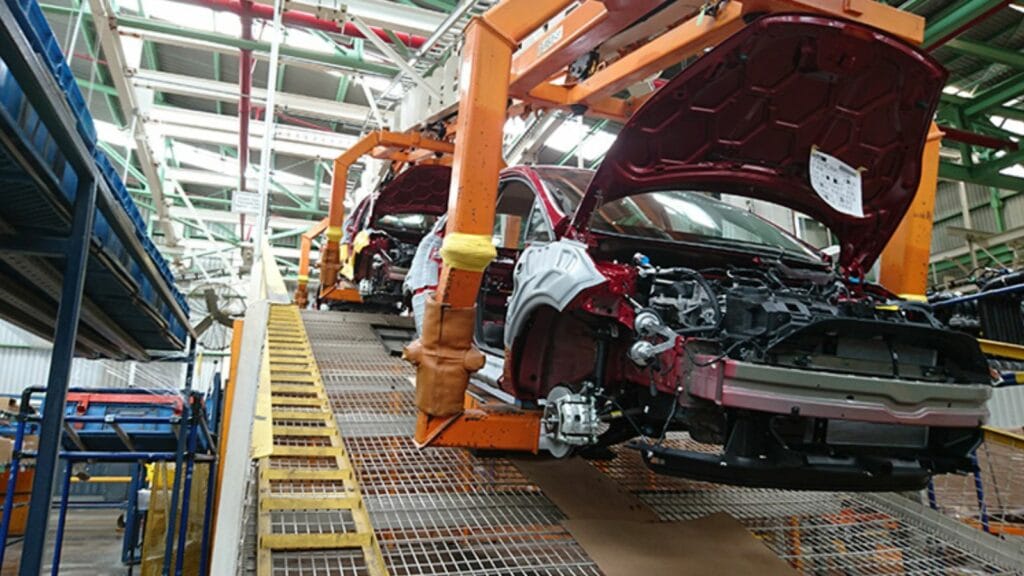As U.S. tariffs shift the global trade landscape, Canada’s auto sector is feeling the ripple effects. From pricing changes to a renewed push for local production, buyers and manufacturers are adjusting to a market in flux. These changes create opportunities for Canadian consumers, especially those ready to buy smart and local, presenting many opportunities and considerations for consumers looking to buy a new vehicle. Here are 20 ways U.S. tariffs are reshaping the Canadian auto market:
More Competitive Pricing on Canadian-Made Vehicles

Thanks to rising tariffs on U.S. imports, Canadian-made vehicles have become more appealing and competitively priced. Manufacturers offer stronger incentives, like cash rebates and zero-interest financing, to encourage domestic purchases. Vehicles such as the Toyota RAV4 and Honda CR-V, built in Canadian plants, are now better deals compared to their imported counterparts. As price-sensitive buyers look for value, these locally assembled models stand out for their reliability, lower sticker prices, and long-term affordability. The increased demand is also reinforcing the role of Canada’s assembly plants in the national economy.
Shift Toward Domestic Supply Chains
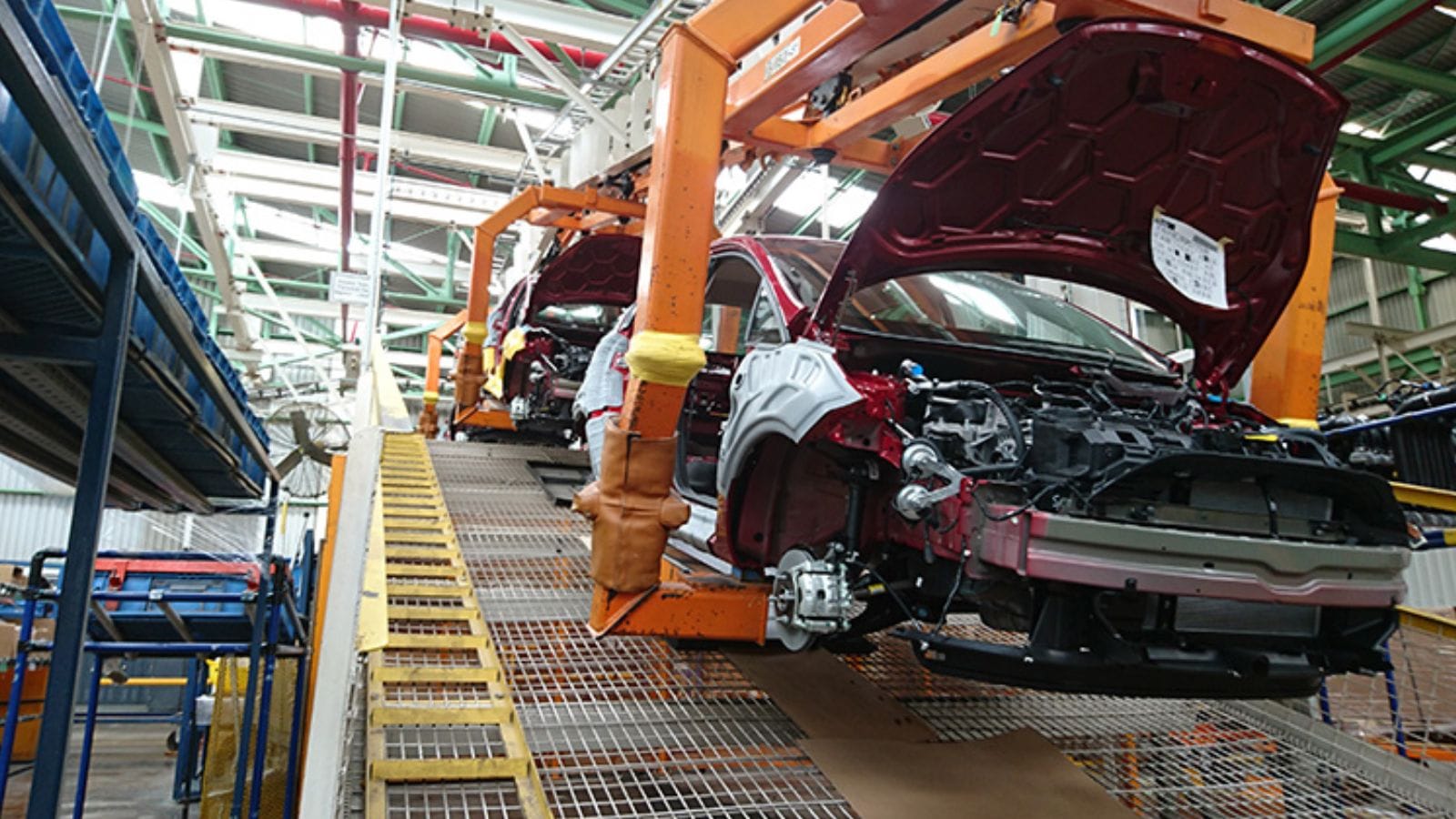
Automakers increasingly rely on Canadian and nearby suppliers to avoid costs associated with U.S. tariffs. This change is revitalizing parts of Canada’s manufacturing sector, particularly in Ontario and Quebec. The result is a more resilient supply chain that shortens delivery times and supports local economies. Vehicles assembled with more domestic components also tend to experience fewer delays and quality control issues. For buyers, this means quicker vehicle access, fewer unexpected wait times, and a stronger connection to Canadian-made quality in the automotive market.
Electric Vehicle Production on the Rise
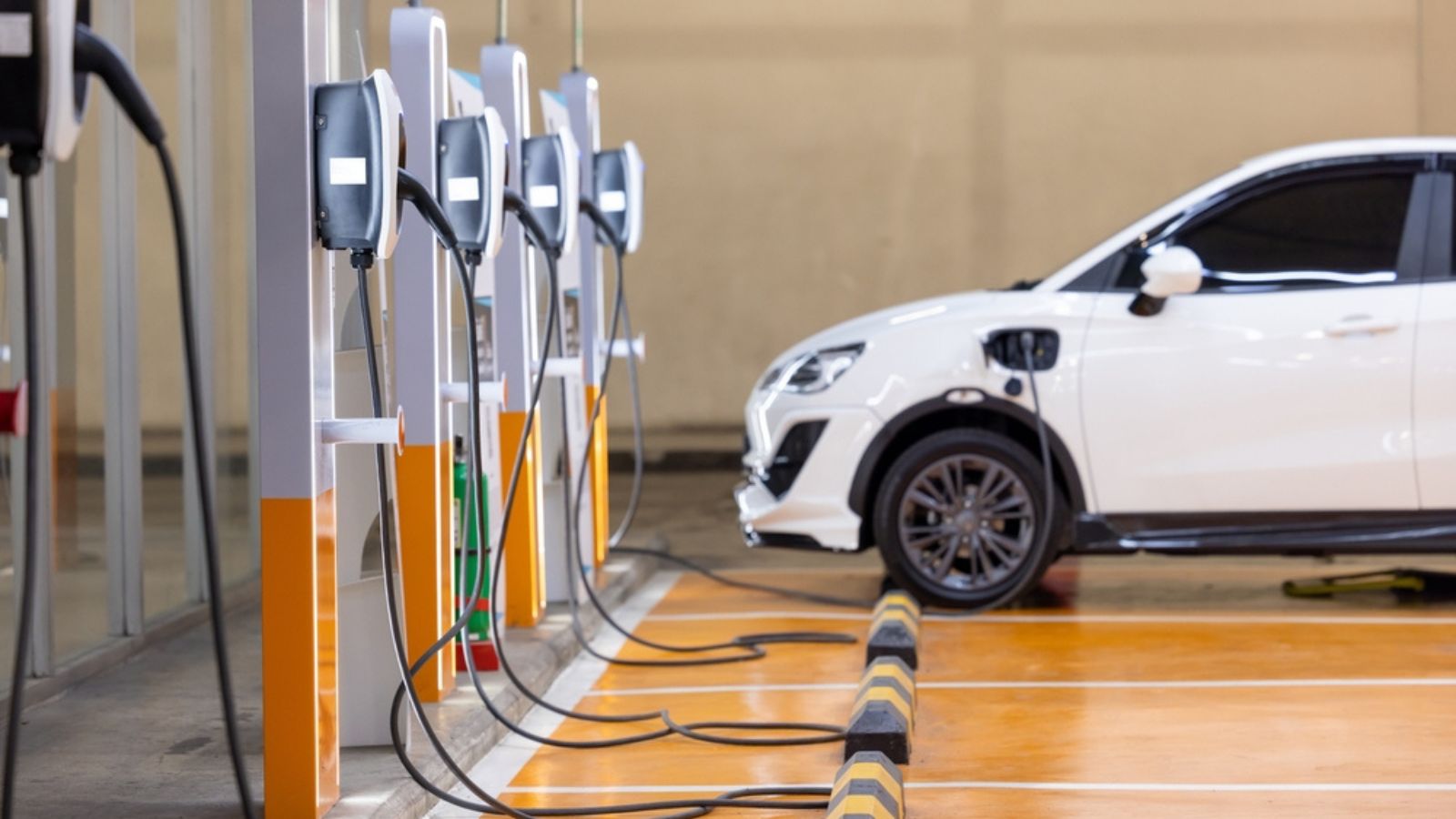
To protect against tariff fluctuations and align with environmental goals, automakers are boosting electric vehicle (EV) production in Canada. Ontario and Quebec have become hotbeds for EV development, with facilities producing models like the Ford Mustang Mach-E and various Stellantis hybrids. Increased government support and growing consumer demand for cleaner transportation have made EV manufacturing a strategic focus. As more of these vehicles are built domestically, Canadian consumers benefit from better availability, potential incentives, and a growing selection of homegrown options that align with their budgets and values.
Fewer U.S.-Imported Models in Showrooms

Many automakers are scaling back the number of U.S.-built vehicles shipped to Canadian showrooms thanks to tariff-related cost increases. As a result, buyers may notice a tighter model selection from brands that rely heavily on American manufacturing. In response, companies are prioritizing models assembled in Canada or imported from countries with more favorable trade terms. This strategic shift ensures more predictable pricing and supply for Canadian customers while elevating the visibility of vehicles better suited to local market preferences and production capabilities.
Increased Demand for Used Canadian Vehicles

With tariffs driving up the cost of new imports, used Canadian-made vehicles are in higher demand than ever. Lightly used models offer a smart alternative, especially those built in Canada, as they hold their value well and avoid tariff-linked markups. This demand has lifted resale prices, but many buyers still find pre-owned domestic vehicles a better deal than comparable imports. The trend supports a more sustainable approach to car buying while boosting confidence in the longevity and reliability of Canadian-built models already on the road.
Growth in Local Auto Jobs

The move toward local production has created more automotive jobs in Canada. As automakers invest in expanding assembly lines and parts manufacturing within the country, employment opportunities in Ontario, Quebec, and even the Maritimes have grown. These new jobs span assembly, supply chain management, and EV tech development. For the Canadian economy, this means more stability and self-reliance. For buyers, it reinforces the value of supporting a homegrown industry, where the people building the cars are part of their communities.
Canadian Dealerships Gaining More Autonomy

Tariff-related supply issues have prompted automakers to give Canadian dealerships greater autonomy in inventory and pricing decisions. This localized control allows dealers to respond more effectively to market shifts and customer needs. For buyers, it often means better access to special promotions, region-specific inventory, and quicker responses to availability questions. The change also builds stronger customer-dealer relationships, where local businesses can tailor their approach to reflect what’s happening in their community, not just across North America.
Delayed Launches for Some Imported Models

Due to tariff-related complications and shipping constraints, new models from overseas or U.S. factories are reaching Canada later than expected. Automakers are prioritizing countries and markets that are less affected by trade disputes. This has led to slower product rollouts and fewer initial units for Canadian dealerships. As a result, buyers may need to wait longer or choose alternatives already built or assembled in Canada. The delay pushes some consumers to reconsider their options, often favoring vehicles with faster delivery and easier serviceability.
Popularity of Cross-Border Shopping Declining

Buying a vehicle in the U.S. and importing it to Canada used to be a way to save money. With rising tariffs, cross-border fees, and warranty complications, that practice is no longer practical for most buyers. Canadian dealerships now offer better value and more peace of mind, especially with competitive financing options and local after-sales support. This has reduced cross-border buying significantly and encouraged more Canadians to consider purchasing vehicles already in the country or built here.
Surge in Interest for Canadian EV Incentives
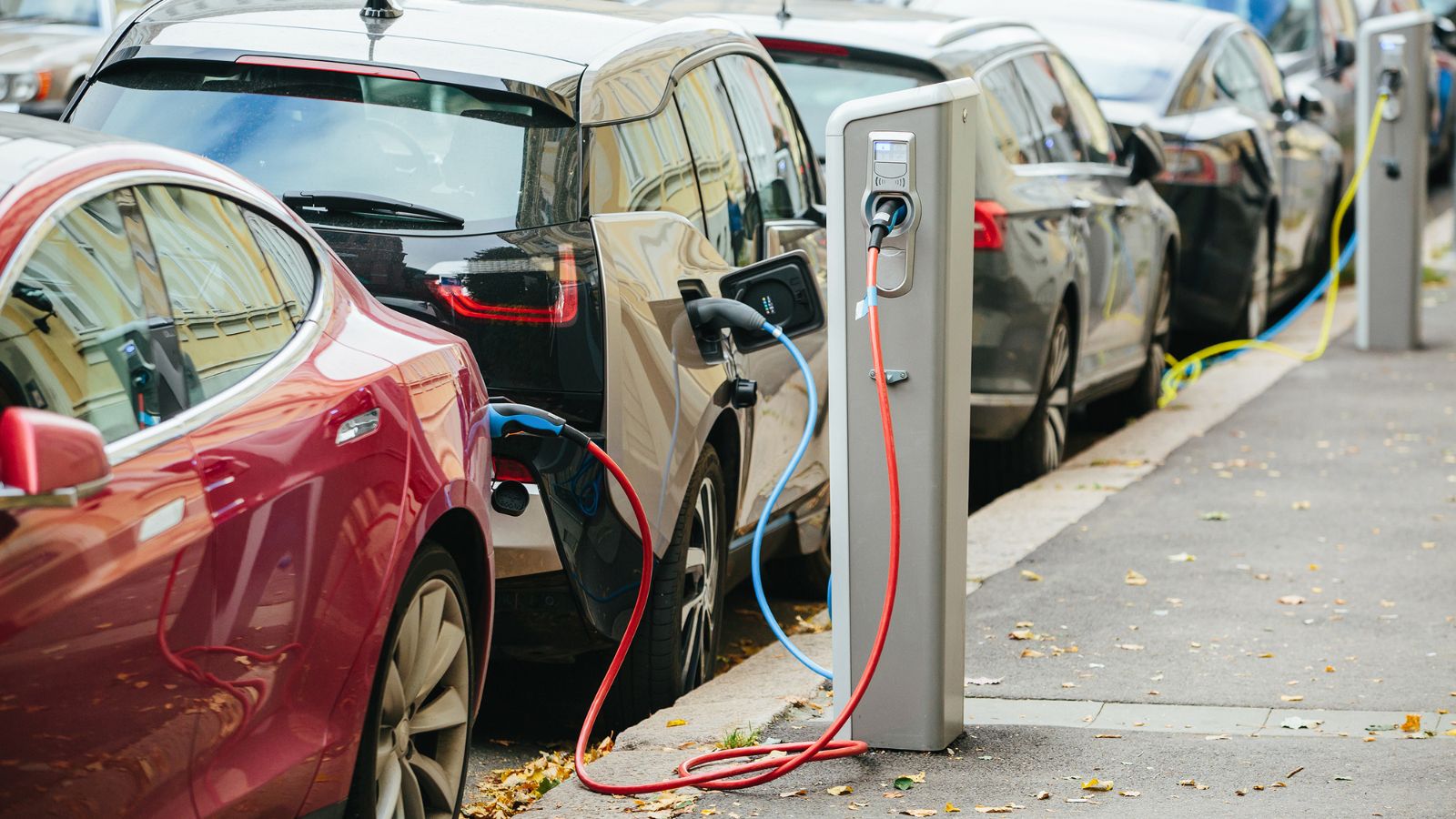
As U.S. EV prices rise, Canadian-built electric vehicles are becoming more attractive, especially with generous federal and provincial rebates. Consumers are looking closer at models that qualify for these programs, particularly when made locally and readily available. Lower upfront costs, less exposure to tariffs, and long-term fuel savings drive more interest in electric mobility. For buyers considering a switch, the timing is ideal to take advantage of evolving infrastructure and expanding EV options built on home soil.
Leasing Becomes a Smarter Option

With the auto market in flux due to tariffs and shifting prices, many Canadians are leaning toward leasing rather than buying. Leasing provides flexibility, shorter terms, and less long-term risk, especially when vehicle values are uncertain. Canadian-assembled models often come with better lease deals, making them a financially sound choice for cautious buyers. Automakers also introduce lease incentives, including lower monthly payments and more forgiving mileage limits. For those unsure about long-term ownership or resale value in a changing market, leasing offers an attractive path with fewer financial surprises.
Smaller Cars Regaining Popularity

Larger vehicles like trucks and SUVs are more expensive to import and build, which has led to rising prices. This shift has brought smaller cars, especially Canadian-made ones, back into focus. Fuel-efficient models like the Honda Civic or Toyota Corolla are now being embraced again for their affordability, practicality, and reliability. Lower manufacturing costs and simpler parts chains make these vehicles less affected by tariffs. For buyers, smaller cars now offer the best mix of value, convenience, and predictable upkeep. It’s a return to practical sensibilities, especially for urban drivers or younger buyers entering the market.
New Incentives for Local Auto Investment

Both provincial and federal governments are offering new grants and tax credits to boost auto manufacturing in Canada. These incentives help attract long-term investment from automakers, support job creation, and keep pricing competitive for Canadian buyers. These programs also shield the market from tariff-related volatility by supporting domestic production. As a result, more vehicles assembled in Canada qualify for purchase incentives and financing perks.
Resale Values Rising for Canadian-Built Cars

As U.S. tariffs disrupt vehicle imports and increase prices, resale values for Canadian-assembled models are climbing. With greater demand for locally built used cars, buyers can expect stronger trade-in offers and better long-term value. Models built in Canada are considered more reliable investments, especially as they’re less exposed to global trade risk. For anyone planning to upgrade in a few years, this matters. Buying Canadian now could mean more money later, whether selling privately or trading in at the dealership.
More Focus on Transparency and Labeling
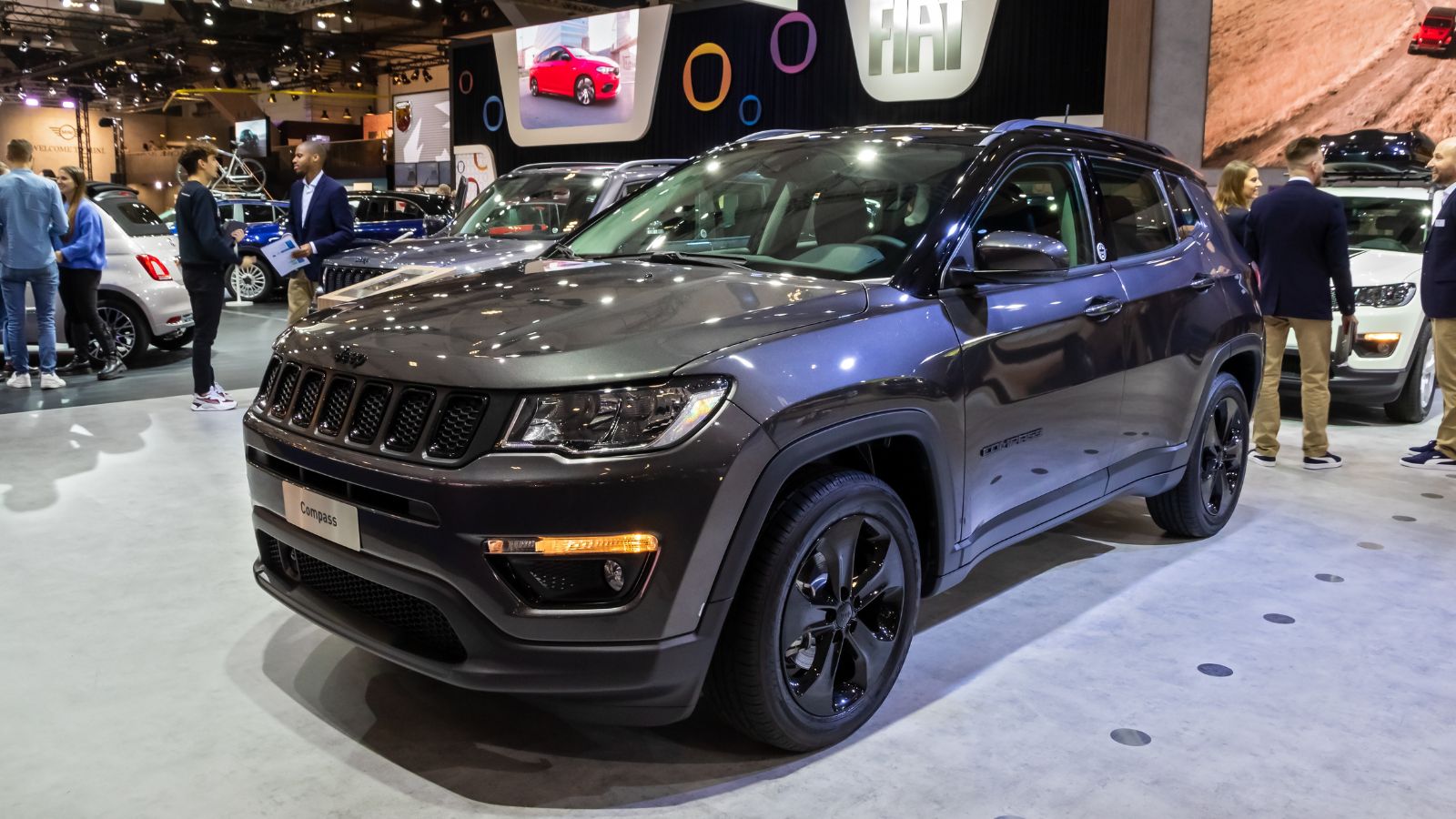
Today’s buyers want to know where their car was made and why it matters. Dealerships and automakers are making it easier to identify Canadian-built models and understand how tariffs affect price differences. This added transparency helps shoppers make informed choices without feeling overwhelmed. Vehicle stickers, brochures, and online listings now often highlight production locations and supply chain origins. The clearer this information is, the more confident consumers feel about their purchases.
Canada Becomes a Testing Ground for EVs

Automakers looking to avoid tariff-related losses choose Canada as a launch market for select electric vehicles. With stable government incentives and expanding EV infrastructure, Canada is an ideal place to test new models before rolling them out more broadly. Canadian drivers are getting early access to EV technology and new trims that might be delayed or priced higher in the U.S. It’s a benefit of being seen as a safe, tariff-free market. This opens the door to cutting-edge features and models for EV enthusiasts while supporting the shift to cleaner, more efficient transportation.
Provincial Auto Strategies Are Evolving
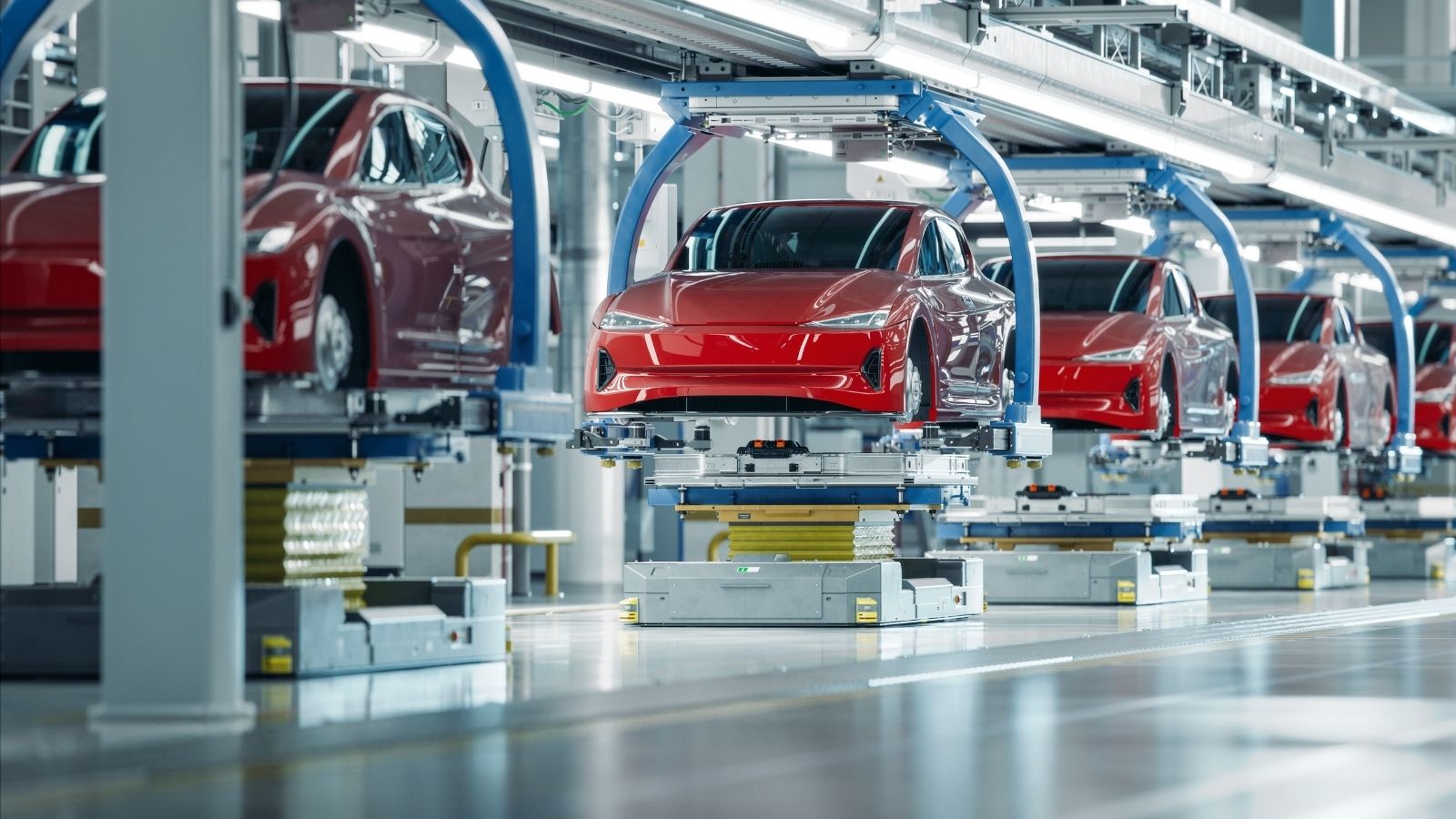
In response to global trade changes, provinces like Ontario, Quebec, and British Columbia are crafting new auto strategies. These plans support domestic manufacturing, promote electric vehicle adoption, and improve charging infrastructure. For buyers, this means access to more locally made vehicles, better regional incentives, and long-term investments that improve affordability and convenience. Some provinces partner directly with automakers to fund battery production and tech development.
Financing Rates Shifting With Production Location

Banks and credit unions are adjusting auto loan rates based on where the car was built. Canadian-assembled models may now qualify for lower interest rates, especially with manufacturer-backed financing. Since tariffs can increase the cost and risk of imported vehicles, lenders are being more cautious with financing those models. For buyers, this change could mean significant savings over the life of a loan. It also adds another reason to consider a locally made vehicle, as the total cost of ownership, including monthly payments, becomes more predictable and manageable in today’s shifting financial climate.
Export-Oriented Models Now Available Domestically

Some vehicles, once built in Canada mainly for export, like high-trim SUVs or hybrid versions, are now staying in the country due to tariff complications. Automakers are redirecting inventory that might have gone abroad, giving Canadian buyers access to more features and models that weren’t widely available before. This change means more variety in showrooms, including previously rare top-of-the-line options. Buyers benefit from faster delivery times and unique configurations that feel premium without crossing the border. It’s another reason to explore Canadian-built options, as there may be more to discover.
Long-Term Shift Toward Canadian Loyalty

The trade uncertainty has sparked a cultural shift among Canadian consumers. More buyers are actively choosing vehicles made here, not just for practical reasons but out of national loyalty. Supporting Canadian jobs, reducing import reliance, and minimizing the financial impact of tariffs are all playing into purchase decisions. This trend encourages automakers to expand local offerings and prioritize the Canadian market in their planning. Over time, this loyalty could reshape the industry, leading to more domestic innovation, greener production, and better service. Buying Canadian has become smart and a straightforward way to invest in Canada’s future.
25 Facts About Car Loans That Most Drivers Don’t Realize

Car loans are one of the most common ways people fund car purchases. Like any other kind of loan, car loans can have certain features that can be regarded as an advantage or a disadvantage to the borrower. Understanding all essential facts about car loans and how they work to ensure that you get the best deal for your financial situation is essential. Here are 25 shocking facts about car loans that most drivers don’t realize:
25 Facts About Car Loans That Most Drivers Don’t Realize
